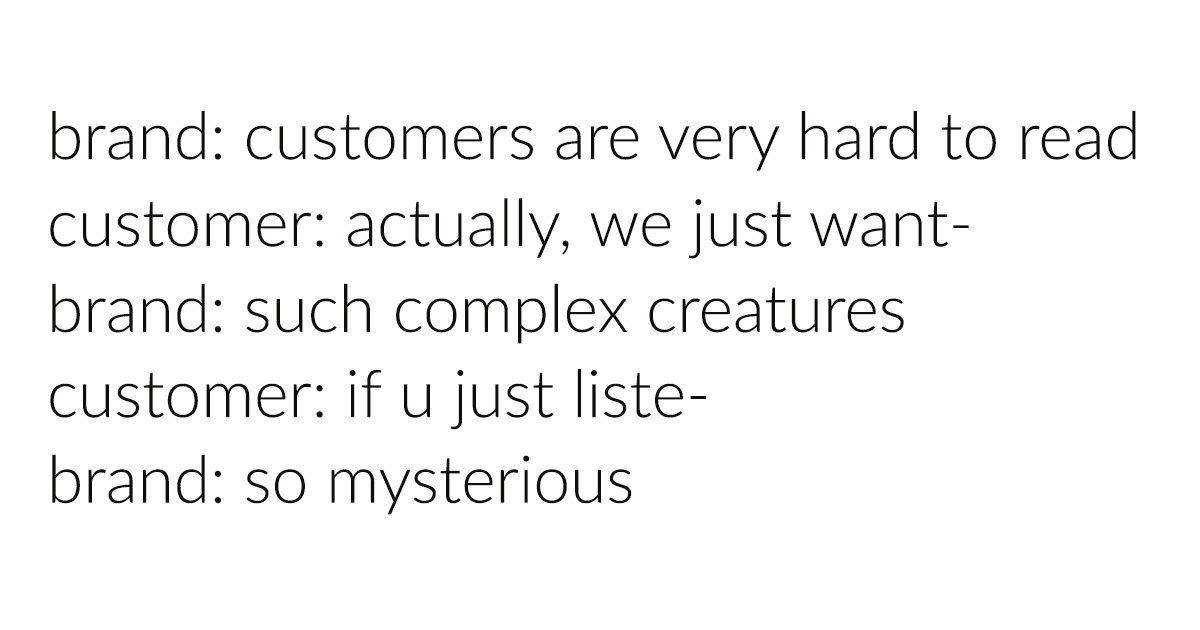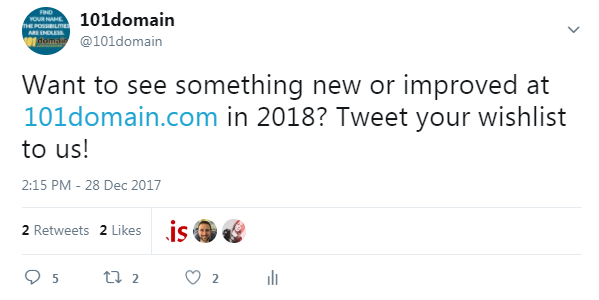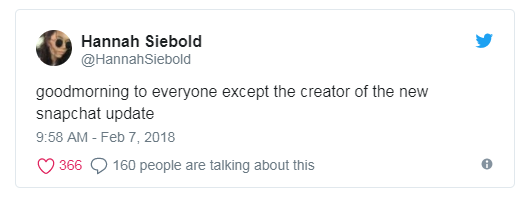In life, we often get ourselves into trouble when we assume things. We assume we know what our customers want and who they are and we build personas based on this theory instead of implementing a customer listening strategy to know for sure.

Customers who are willing to share their insight with you are your greatest asset. In order to be successful and irreplaceable, your brand needs to fulfill a need or solve a problem for your customers. Listen to what your customers are trying to tell you – the brand who listens and adapts is the brand who wins.
Avenues to Implement Customer Listening
Social Media
People love to hits brands with the truth on social media because they know it’s where their voice will most likely be heard, and where it will hit a brand the hardest if it goes viral (which anything has the potential to do nowadays). There are a ton of platforms you can integrate in order to track mentions and conversations surrounding your brand on social media platforms like Twitter, Facebook, and LinkedIn. Get involved in the conversation or even start one yourself!

Snapchat’s new update upset a majority of their customers who did not hold back on social media. With a Change.org petition calling on Snap Inc. to reverse the update gaining over 830,000 signatures out of 187 million users, you think Snapchat would consider listening to what their customers are clearly telling them. Unfortunately, the backlash from their customers has been ignored and the future of the app is to be determined.
Tweet Credit: @HannahSiebold on Twitter
Tweet Credit: @KylieJenner on Twitter
Reviews
Negative and positive reviews are equally as important when it comes to customer listening so you can determine what you are doing right and collect feedback from your customers for improvement. Customers are more likely to leave a review if they feel passionate about an experience whether it was really great or really awful. It’s a good idea to solicit feedback from customers after their purchase with either a pop-up in the browser when they complete check-out or a survey a week or so after their purchase when it is still fresh in their mind. Use positive reviews as a tool for promotion and internal rewards for your team members and departments.
Not every review is going to be a positive one, the goal isn’t to defend your brand from all of the haters but to implement customer listening to improve your product, service, and experience. Be sure to distinguish the online trolls from the genuinely disgruntled customers, there’s always going to be that person who is never pleased and there’s nothing you or anyone else can do about it.
If you haven’t already, you should set up Google Alerts for key terms surrounding your brand so you will be notified whenever your company is mentioned on the web. This is an easy way for you to get started with customer listening for free and with minimal effort and allows you to find reviews, articles, and conversations and threads about your brand you may have never seen otherwise.
Support and Sales Team
Your sales and support teams are the first line to your customers and the people your customers actually want to talk to whether they are getting advice from sales or seeking help from support. Sales and Support are the best resources because they hear it all – the customer complaints, the pain points, and the praise. Sync up with these departments for a better understanding of who your customer is and the concerns they have.
Implementing a customer listening strategy helps with all aspects of the business from improving your platform and website, advertising, content formulation and more. It’s the easiest and best thing you can be doing for your business. Don’t be a Snapchat. Actually listening to what your customers want – a revolutionary concept, right?



